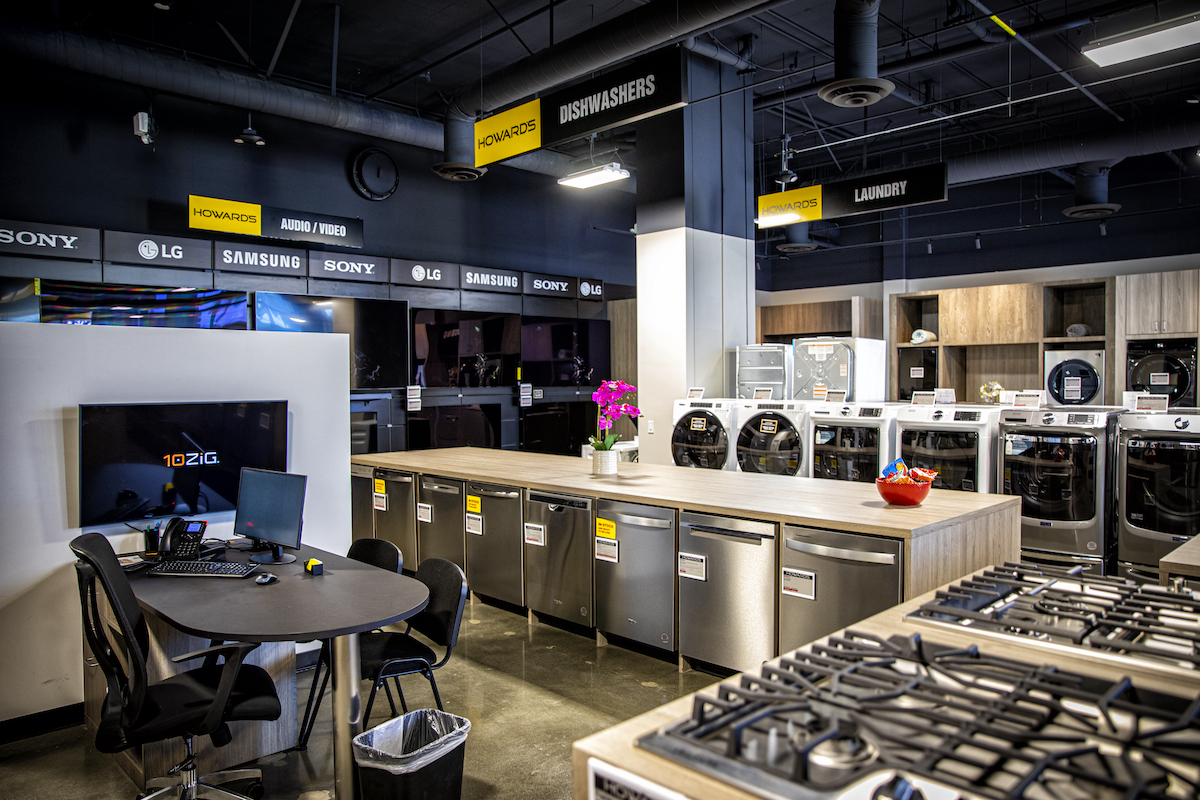Most people, while buying a new appliance, consider merely the basic price of the commodity. However, the real cost is much more than purchasing or buying cost. To write effective budgeting and decision-making, it becomes necessary to understand and estimate all the expenses involved in owning and running domestic equipment during their lifetime.
Initial Purchase and Installation Costs
First of all, there is the purchase price for appliances. This ranges greatly depending on which brand or model one chooses to go for with regards to special features and energy efficiency. High-end appliances may have advanced functionality but come at a steeper up-front cost. Not only this, but there may be an installation fee, especially for items such as washers, dryers, and dishwashers, which look pretty complicated and must be installed by a professional. For those looking to shun the heavy cost upfront, a few companies have air purifiers on rent in chennai service with which users can get access to clean air without needing to go down the ownership path.
Energy Consumption and Utility Bills
Energy remains one of the biggest continuing costs of appliance ownership. Energy-efficient models have higher price tags but may bring huge savings on utility bills in the long run. In estimating true ownership costs, it’s important to consider the energy rating of the appliance and compute probable yearly energy expenses with regard to local utility rates and expected usage patterns.
Maintenance and Repair Expenses
Regular maintenance is very important to extend the life and efficient working of appliances. This may involve cleaning filters, checking seals, and availing professional inspection-based services. While some of those are do-it–yourself maintenance jobs, maintenance in some appliances may have to be available at specialized services. For instance, geysers on rent in chennai may include maintenance in the rental fee—which may arguably save the homeowner sudden repair costs associated with ownership of a water heating device.
Upgrades and Parts Replacement
As appliances continue to be used, they wear out over time, and sooner or later, they will require replacement and upgrades to serve longer. For more complex appliances with special parts, these costs can quickly add up. In budgetary planning for appliance ownership, owners are well-advised to foresee and also make provisions for probable replacement of parts and any relevant upgrades that might be needed during an appliance’s lifetime.
End-of-Life Considerations and Disposal
The final lifecycle cost to consider for an appliance is disposal or replacement. Appliance disposal is regulated in many areas, often requiring a fee. Additionally, replacement cost can be an element to be considered in long-term budgeting. Indeed, some consumers opt for a rent water purifier in chennai so they do not have to deal with the hassle and expense of replacing old filtration systems, and how renting can simplify end-of-life considerations for some appliances.
Understanding the many different cost factors allows the consumer to be able to know the actual cost of owning a given appliance. In this way, budgeting would be more appropriate in making better decisions between buying, renting, or seeking other means to get the same appliances. Remember that though the initial purchase price might be huge, it is the total cost of ownership over the lifetime of the appliance that credibly hits your wallet. With all of these factors considered, the making of smarter choices is given way to, and huge money can ultimately be saved in the long run.

